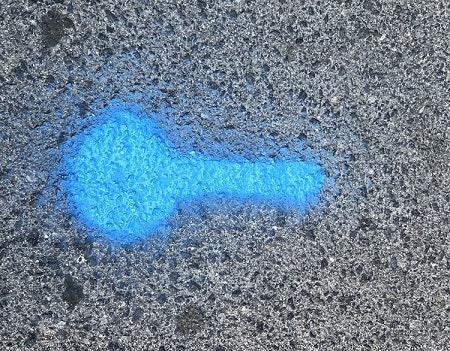How do I winterize my home?
Twain Harte Community Services District’s (THCSD) customers lose hundreds of thousands of gallons of water every year due to pipes that break in freezing weather. You can help prevent the expense and inconvenience of frozen or broken water pipes by taking a few simple steps now.
STEP 1: Locate Your Main Water Shut-off Valve
Don’t wait for an emergency; locate your main water shut-off valve now! If a pipe breaks, you can stop excessive water loss and flooding by turning off your main water valve. It is commonly located in your meter box, which is normally near the roadway at your property line, often indicated by a blue mark painted on the street.
If you can’t find your shut-off valve, a THCSD operator will help you locate it. Operators are available to visit your home during business hours: Call the Office at (209) 586-3172. In an emergency, operators may also be reached after hours: Call the Emergency Pager at (209) 532-5300, enter 5558 and leave a phone number. After-hours staff can help walk you through the steps by phone; if a visit is required, a fee will apply.
Once you’ve located your meter box, keep it clear of brush and debris so you can quickly access it in an emergency.



STEP 2: Insulate Exposed Pipes and Faucets
Outside faucets and pipes, as well as pipes in uninsulated areas, are especially vulnerable to freezing weather. Protect them with electric heat tape, pipe foam or fiberglass insulation. All are readily available at hardware stores.
STEP 3: Winterize Your Vacant House
If your home will be vacant for several days, don’t leave water running. Instead, follow these general tips to help protect your home:
‧ Turn off main water valve;
‧ Turn off electricity or gas to water heater;
‧ Open indoor and outdoor faucets to drain pipes (and close them before turning water back on); and
‧ Leave heat set to at least 45 degrees to help keep pipes in interior walls from freezing.
What if my pipes are already frozen?
Thaw frozen pipes slowly and safely. Customers have used a hair dryer, exhaust from a vacuum cleaner, heat tape or a cage-protected light bulb to safely thaw frozen pipes.
For a printable flyer of winterizing information, click on the link below:
Winterize flyer.pdf